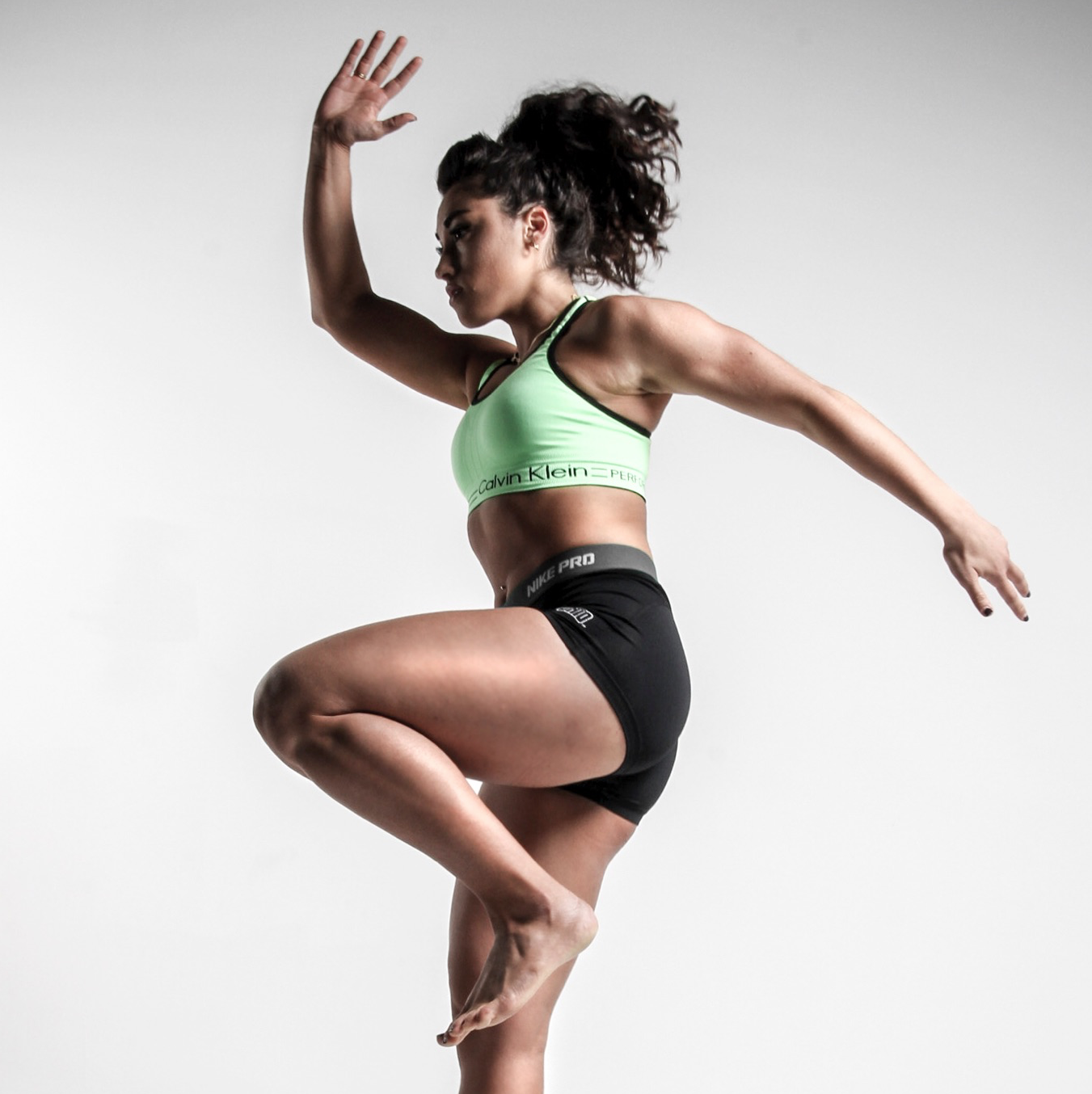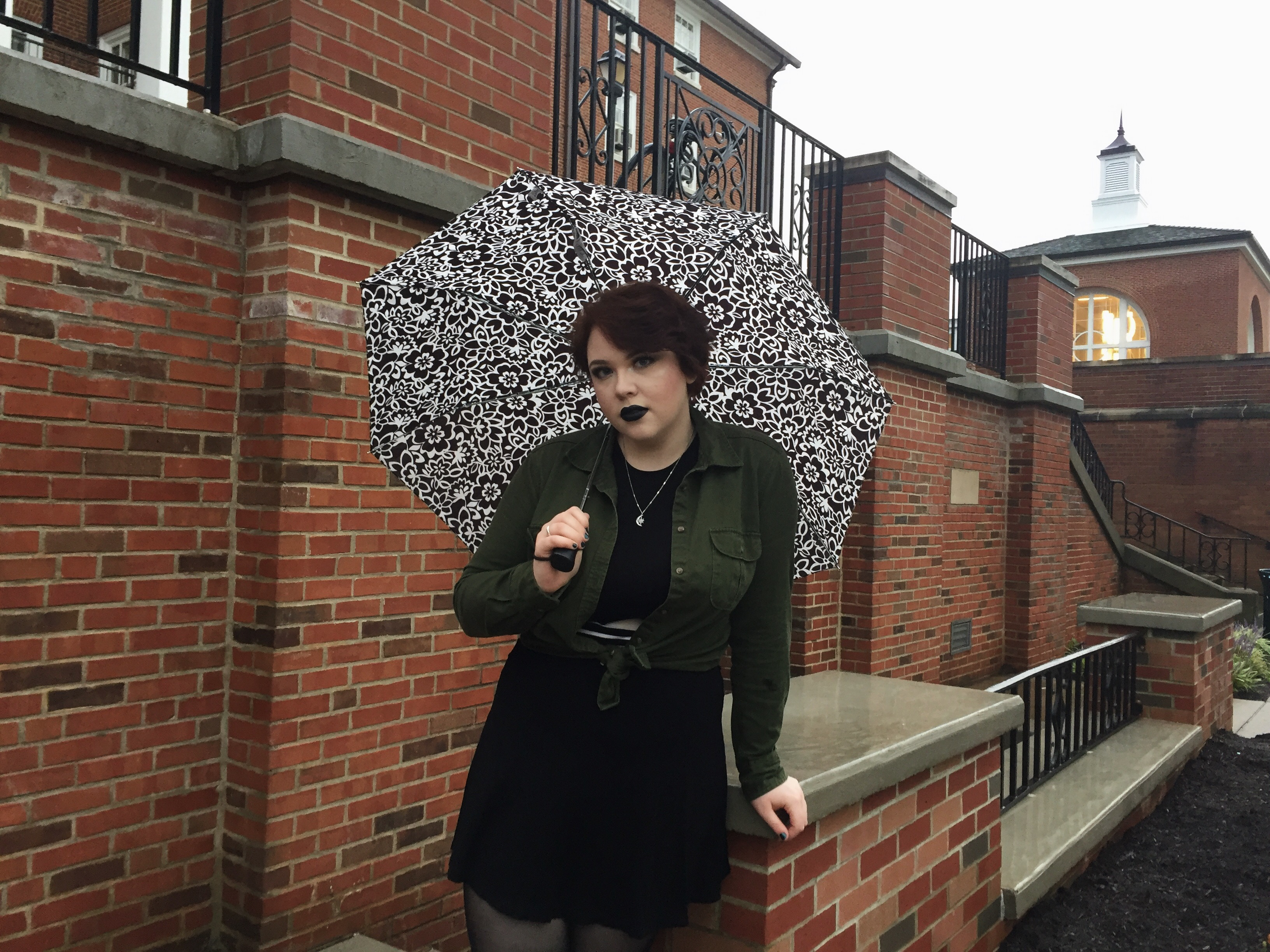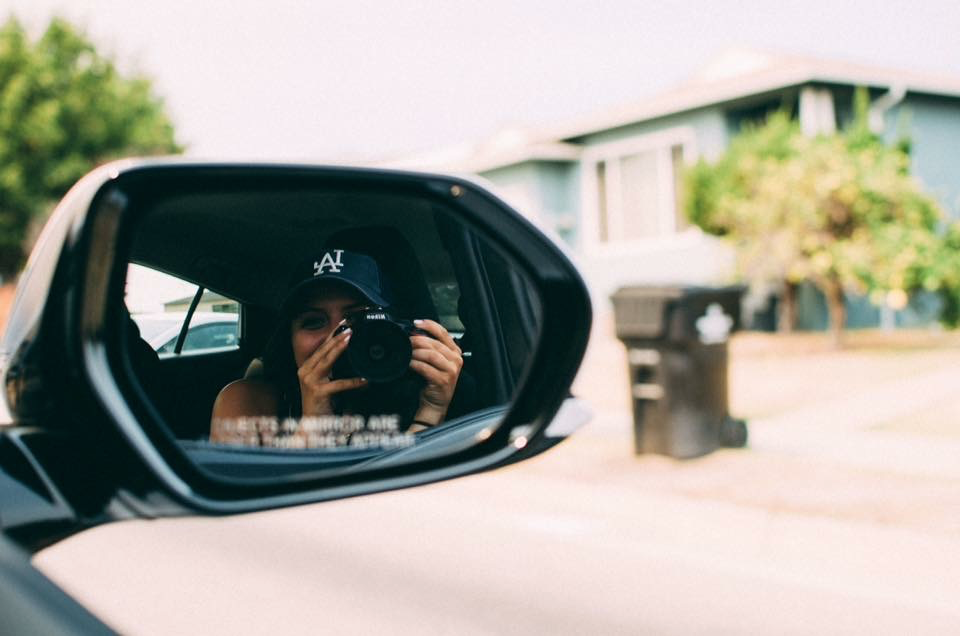Landing Page
Special Projects
This story is part of a series of specially designed stories that represents some of the best journalism The Post has to offer. Check out the rest of the special projects here.

ABBY GORDON
11.29.17
Michael Chaney checks his Twitter feed every free moment he has. When he wakes up, Twitter is the first app he taps. While walking to class, he’s crafting a tweet. Twitter’s open on his lunch break and between classes, and it’s the last app before he goes to bed.
Social media comes full circle for some people — it’s the first app they check in the morning and the last they check before they go to sleep. And while Chaney is one of those users, he’s as much part of Twitter than just an observer. Chaney is a content creator.
Of the people that use social media, Laeeq Khan, an assistant professor in Ohio University’s School of Media Arts and Studies, said about 80 to 90 percent of people are passive users or lurkers. Passive users are more interested in consuming content; they like, share, retweet or just observe without any interaction rather than posting any of their own content.
That only leaves 10 to 20 percent of people who produce the content that the majority of users consume. Chaney, a sophomore studying sport management, said he would consider himself part of that number.
Those users choose what everyone else talks about. They are the joke tellers, the trend setters, the people who go viral that are talked about in 8 a.m. classes and are sent in an email chain at work the next morning. They create the content that everyone’s feeds revolve around. They are the minority of users who produce content for the majority.
Without the user-generated content that people post, social media sites would not exist, Khan said.
“They’re not producing anything really, they’re just providing us a platform. We are the ones producing everything,” Khan said.
Roughly 2.8 billion people use some form of social media, according to Social Media Today. That’s about one in four people. Businesses, agencies, people and, at times, dogs or cats have some form of social media account.
Chaney, known to his 2,453 followers as @MChaney317, has tweeted 21,700 times since he joined Twitter in November 2011. That averages out to nearly 10 tweets a day.
Chaney’s online presence is completely based upon humor. He tweets for laughs. He dives into the realm of sports on occasion, but he said he keeps the sports to a minimum because that’s not really what his follower base is looking for. His tone is humorous without being too vulgar or crude. He attempts to keep his tweets semi-appropriate but retweetable.
Although 10 tweets a day is double the national average, Chaney said he used to tweet a lot more than he does now, even though he accesses Twitter more than he ever has.
“I used to tweet a lot, and it was just really random stuff,” he said.
Chaney’s decrease in tweets is for a few reasons. He said he holds his tweets to a higher standard now that he has a larger following on social media. He doesn’t just tweet “random stuff” anymore because he likes to tweet higher quality content that he believes his followers will interact with. But his lack of tweeting could also be caused by what Khan calls a “social media fatigue.”
“A very small minority of people are actually producing something because that requires effort and time,” Khan said.
Khan also said that it’s unrealistic to think social media will shut down due to that fatigue. While those sites do rely on user-generated content, people turn to the sites for entertainment, escapism and information.
“We don’t want to think about other things, so we keep ourselves busy, like television did at one point,” he said. “Even now, TV has this central role, but it’s increasingly morphing into this online role where we’re watching content, increasingly, on our smartphones — and that is why we are engaging.”
Oversharing is a relative term. There is no “social media patrol” to inform users they are sharing too much content or too much personal information.
Many active social media users acknowledge and recognize that oversharing can become an issue when they are immersed in their cyber lives.
“Yeah, there’s definitely times where you’re like, ‘Did I say more than I needed to?’ ” Stefanie Tsengas, a senior pursuing a Bachelor of Specialized Studies in sports nutrition with a focus in marketing and entrepreneurship, said.
She gets a lot of positive feedback from her audience, but she also receives some negative comments as well. It’s more the negative feedback she receives that causes her to question if she potentially overshares in some areas, Tsengas said.
Tsengas, known on Instagram as @stefaniemariefit, is a personal trainer and uses social media to connect with online fitness communities through Instagram. She has about 9,600 followers and close to 900 Instagram posts. She posted her first photo on Instagram in 2012.
On average, a user who has been on Instagram for the same length of time as Tsengas would have a total of 490.5 posts. She has almost double that.
Tsengas sticks to a theme: Everything is related to fitness. Her captions are longer and more thought out than most. She adds an aspect of personal motivation or sometimes body positivity into her posts to help encourage her followers. Her page is colorful and full of posts to help anyone that can relate to fitness in any way — or even people who wish to relate to fitness.
There may be times that she feels she overshares about her life, but she does have a few lines she won’t cross when it comes to sharing her personal content with her online followers.
“If I was dating someone, I wouldn’t put the inside-outs of my relationship on social media because that’s personal,” Tsengas said.
While Tsengas prefers to keep other people out of her own online postings, there are many people who find themselves oversharing because of other people.
Abby Kongos, a freshman studying journalism, said she found herself oversharing on Instagram when she went through a breakup with her boyfriend.
“I was very hurt by (the breakup) and I just wanted him to see it, so I made a post about how I was feeling,” Kongos said. “I was just so focused on getting my feelings out that I didn’t think about who saw it. So I think somebody from my church messaged me and was like, ‘Maybe you shouldn’t put that put there.’”
Kongos, known to her 1,278 followers as @sugar.dabby, has nearly 500 total Instagram posts since her first post on Jan. 26, 2014. Kongos has been slightly more active on social media over the past year, with nearly 32 percent of her posts coming from 2017.
She chalks up her posting influx to the many life changes she’s experienced over the past year: events during her senior year of high school, graduating from high school, moving away and going to college.
Kongos is strategic about her visual aesthetic. She uses darker tones and admits she tries to vary her posts by never having two photos in a row with faces in them. She maintains a her visual appeal by using similar filters on her photos.
While many people get embarrassed and think of a much different time in their lives when any of their old social media posts are mentioned, Halle Siegel doesn’t. She thinks that every post has shaped who she is as an online presence, and every old photo that seems insignificant now is just a piece of her online “diary,” she said.
Siegel, who’s known to her Instagram followers as @hallesiegel, uses social media to help build her brand. As a junior studying commercial photography, she said she gets many of her photography bookings from people who have seen her work on Instagram.
“I have a business account on Instagram, so I’m able to see my analytics so I’m able to see how many people see my picture, how many people like my picture, how many impressions that picture has, what the reach is,” Siegel, who is also studying communication studies, said. “Those are just marketing statistics for me, for my business, so I can see how many people go to my website to book photoshoots with me and figure out what pictures are helping me gain the most work.”
Siegel became active on social media her sophomore year of high school when she discovered how many photographers posted their own work. She started posting her own photographs and hasn’t stopped.
She posts a mixture of content between her personal photography and photos with her friends. Her page display is vibrant and colorful; her professional photos break up the pictures with her friends.
Tsengas also uses an Instagram business profile to do similar things as Siegel. She monitors her audience and can see that her ideal follower is between the ages of 18 and 24. She tracks her photo interactions and even has a calendar to map out all of her posts through the end of the year based on the type of content that gets the best responses from her followers.
Pleasing an established audience can get tedious, but Chaney said there are always moments that make being a social strategist worth it to him.
“Sometimes, I go out, and someone will come up to me and be like, ‘Hey, I follow you on Twitter, like, your tweets are awesome, keep it up,’ and it’s the coolest thing that could ever happen to me,” he said.
Correction: A previous version of this article incorrectly stated the amount active on social media.
There are 2.8 billion social media users worldwide across eight platforms: Facebook, YouTube, Instagram, Twitter, Pinterest, LinkedIn and Reddit. That number excludes Tumblr and Snapchat users.
.png)
ABBY GORDON | ILLUSTRATION

Chaney’s online presence is completely based upon humor. He tweets for laughs. He dives into the realm of sports on occasion but he said he keeps the sports to a minimum because that’s not really what his follower base is looking for. His tone is humorous without being too vulgar or crude. He attempts to keep his tweets semi-appropriate but retweetable.

Tsengas sticks to a theme. By clicking on her page, everything is related to fitness. Her captions are longer and more thought out than most. She adds an aspect of personal motivation or sometimes body positivity into her posts to help encourage her followers. Her page is colorful and full of posts to help anyone that can relate to fitness in any way or even people who wish to relate to fitness.

Kongos is strategic about her visual aesthetic. She uses darker tones and admits she tries to vary her posts by never having two photos in a row with faces in them. She maintains a her visual appeal by using similar filters on her photos.

Siegel posts a mixture of content between her personal photography and then photos with her friends. Her page display is vibrant with a lot of color. Her professional photos break up the pictures with her friends.
Landing Page
This story is part of a series of specially designed stories that represents some of the best journalism The Post has to offer. Check out the rest of the special projects here.